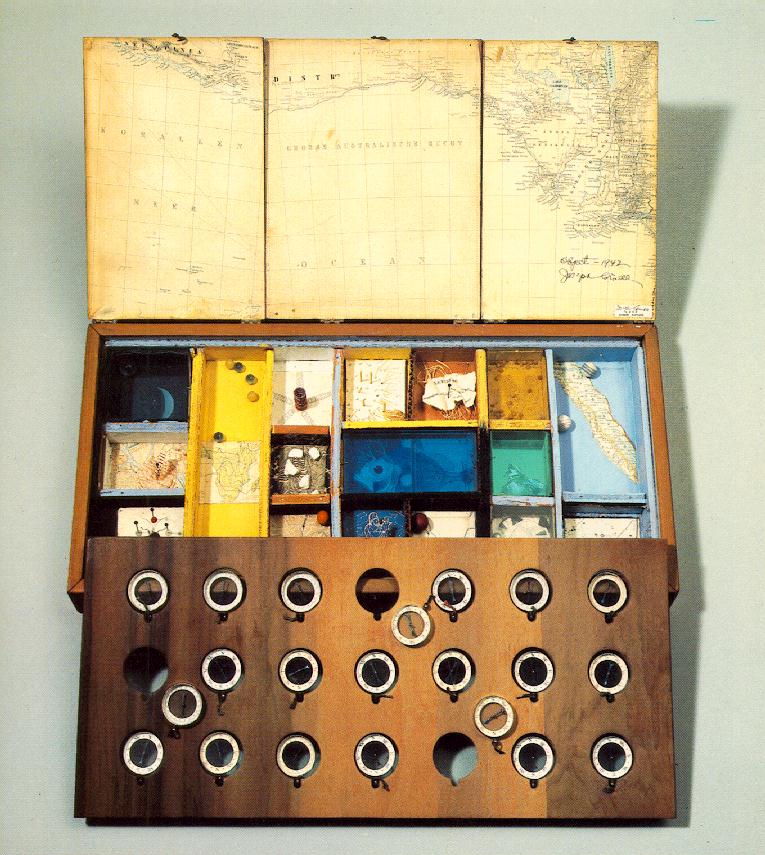A Guide to Picture Frames at Knoll, Kent
Despite the gap in the template above this blog is active and shall unfortunately not improve until my HTML buddy gets back from USA...so onwards.
I'm reading Pattern Recognition (2003) by William Gibson and I must say he is very good...really does it well. The slow upload as you orientate yourself to time and space within the narrative (first 80 pages for me).....when is this (about now actually)...where are we...New York, Tokyo but mostly (so far at p230) London. Following orientation begins addiction and actual altering of perception....I am spotting mirror world simulacra everywhere...yesterday (Offline: i.e. ‘here’…whatever that means these days) the South Americans (possibly Peruvian or Bolivian or Venezuelan) in the street playing electronic New Age amplified music while dressed in imitation Navaho buckskin and Fredric Remington Sioux chiefs headdresses (all of them!!). Selling CDs made in Holland....complete Baudrillard.
So I did the Google thing to look at Gibson's face (Google Image is the real strength of the engine I think) and found his short lived blog (deceased September 2003) and this quote in his sign-off entry:
"The bits and pieces that Joseph Cornell assembled in his shadow-boxes wouldn’t have seemed nearly as interesting if he’d simply left them arrayed on the bench of some picnic-table –- and they certainly wouldn’t still be there. I crave the sweet and crazy-making difficulties that can only be imposed by the box, the Cornellian stage, the frame, of a formal narrative."
The defining frame is that which narrative as representation kicks against to make its space. All else is reportage or confession. But what of the Simulation, what of dialogue as reality, what of the Kantian sublime? It is in Cornell's frames.....to chose is the only ability we have but most choices are already made before we acknowledge engagement as the text exists all around us....to arrange letters into words and tell a story is not an act of creation but of assertion. It becomes a node of meaning in a fabric of possibilities. To make these connections where they have not been recently noticed is what artists do. To exploit contextual habits and repetitive behaviors is what their agents do to make the money.
I think Gibson is wrong about the interest created by temporary assemblage in public places. I have seen a sand mandala created and destroyed over a period of 7 days and it was a beautiful thing. Gibson writes brilliant books and makes a good living from them. He is the latest in a long line of his particular genre to do so. However I think the frame is moving and the content of Pattern Recognition acknowledges this even if the contextual form does not.
One of the exquisite creations assembled by Joseph Cornell (1903-72):

Object (Roses des Vents) 1942-53 (130 Kb); Construction, 2 5/8 x 21 1/4 x 10 3/8 in; The Museum of Modern Art, New York
No comments:
Post a Comment